Earth’s most impressive salt flats could easily pass for alien terrain. The vast, arid expanses are typically formed by dried-up lakes and caked with enough salt to make you wonder if it’s been snowing. Even if they aren’t extraterrestrial, they’re certainly extraordinary. The iconic salt flat in Bolivia is so flat that NASA even uses it to calibrate instruments, and the whole thing looks like a mirror after it rains. Beyond Bolivia, Argentina, Chile, and Peru all have amazing salt flats of their own. Here are the most breathtaking, otherworldly salt flats in South America.
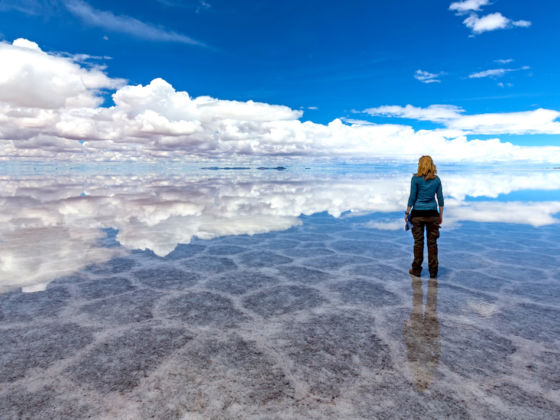

The Most Amazing Salt Flats in South America
Salar de Atacama, Chile
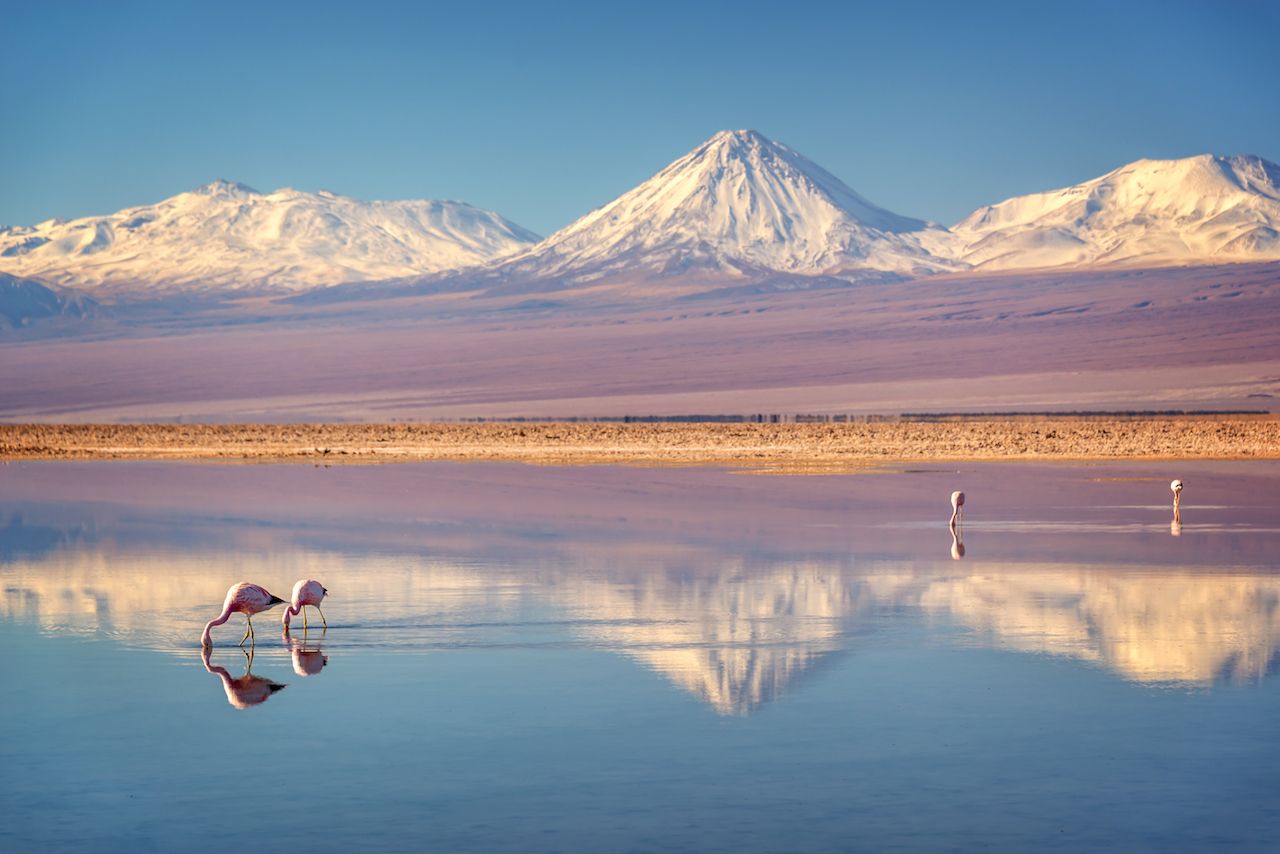
Photo: Delpixel/Shutterstock
The largest salt pan in Chile is not far from San Pedro de Atacama, an adobe town at the heart of the Atacama Desert and travel hub for both domestic and international visitors. Salar de Atacama is known for its saline lakes and resident Andean, Chilean, and James flamingos. The flamingos feed on the brine shrimp that thrive in these harsh environments. These tiny creatures can tolerate extremely saline water and survive in a state of suspended animation through periods when there’s no water at all.
You can drive to the salt flat yourself — just make sure to bring plenty of water. Tours can also be arranged in San Pedro de Atacama. Ask your guide about swimming — well, floating — in the salty Cejar Lagoon for an unforgettable, albeit chilly, experience capped off with the reflection of the Andes in the blue-green water.
Salar de Uyuni, Bolivia
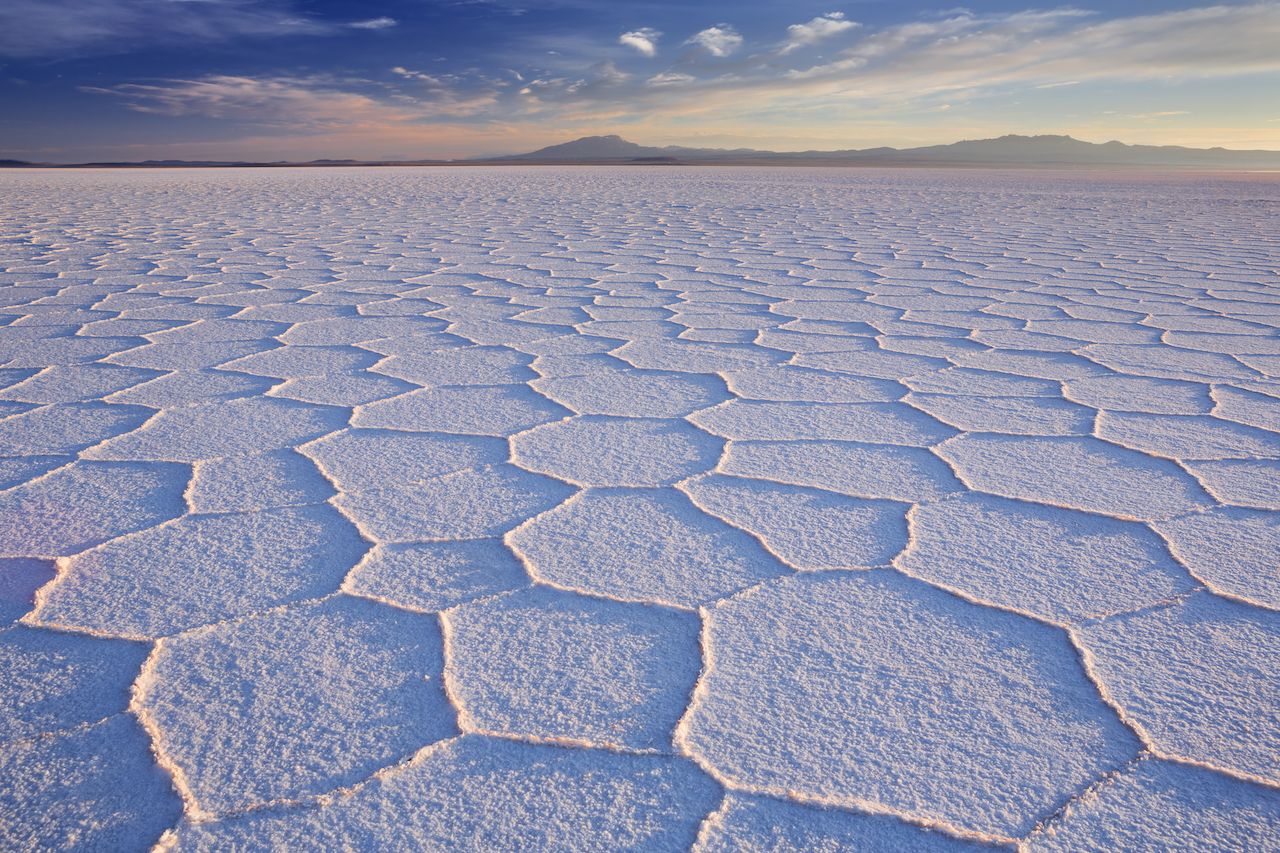
Photo: Sara Winter/Shutterstock
Some people travel to Bolivia specifically to see Salar de Uyuni, the largest salt flat in the world. It’s located in southwestern Bolivia, spread across roughly 4,085 square miles of the Altiplano at an elevation of just under 12,000 feet. The striking site is never more eye-catching than it is during the rainy season, from December to April, when rain covers the ground and creates a surreal mirror effect. When it’s dry, the ground is encrusted with bright white salt dried in a honeycomb-like pattern.
NASA has used the remarkably flat Salar de Uyuni in Bolivia to calibrate satellite sensors, citing the landscape’s similarity to an ice sheet as a boon. Although this slice of the Altiplano isn’t exactly hospitable, Salar de Uyuni is also a breeding ground for flamingos.
Salinas Grandes, Argentina
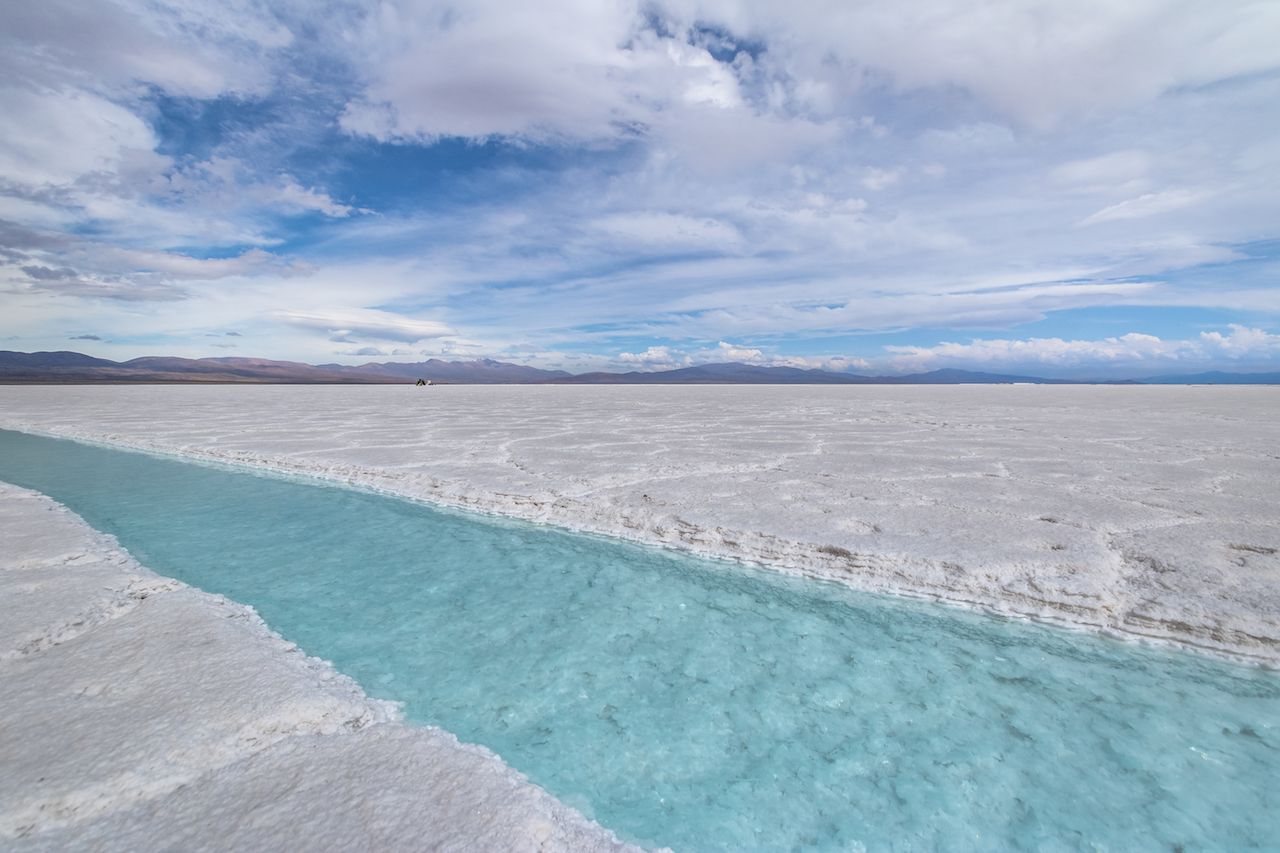
Photo: Diego Grandi/Shutterstock
A series of salt flats fill the basins of the Cordillera Domeyko, the Andean range that separates the Atacama Plateau in Argentina and Chile from the famous Atacama Desert. Salinas Grandes is a large, blindingly white tract of salt-crusted land dotted with long turquoise pools that beg to be photographed. It’s situated up a mountain almost 11,000 feet above the sea and spans the provinces of Salta and Jujuy. Day trips are common from Salta, but be prepared for a long day. Don’t forget to bring plenty of water and sunscreen.
Salinas de Maras, Peru
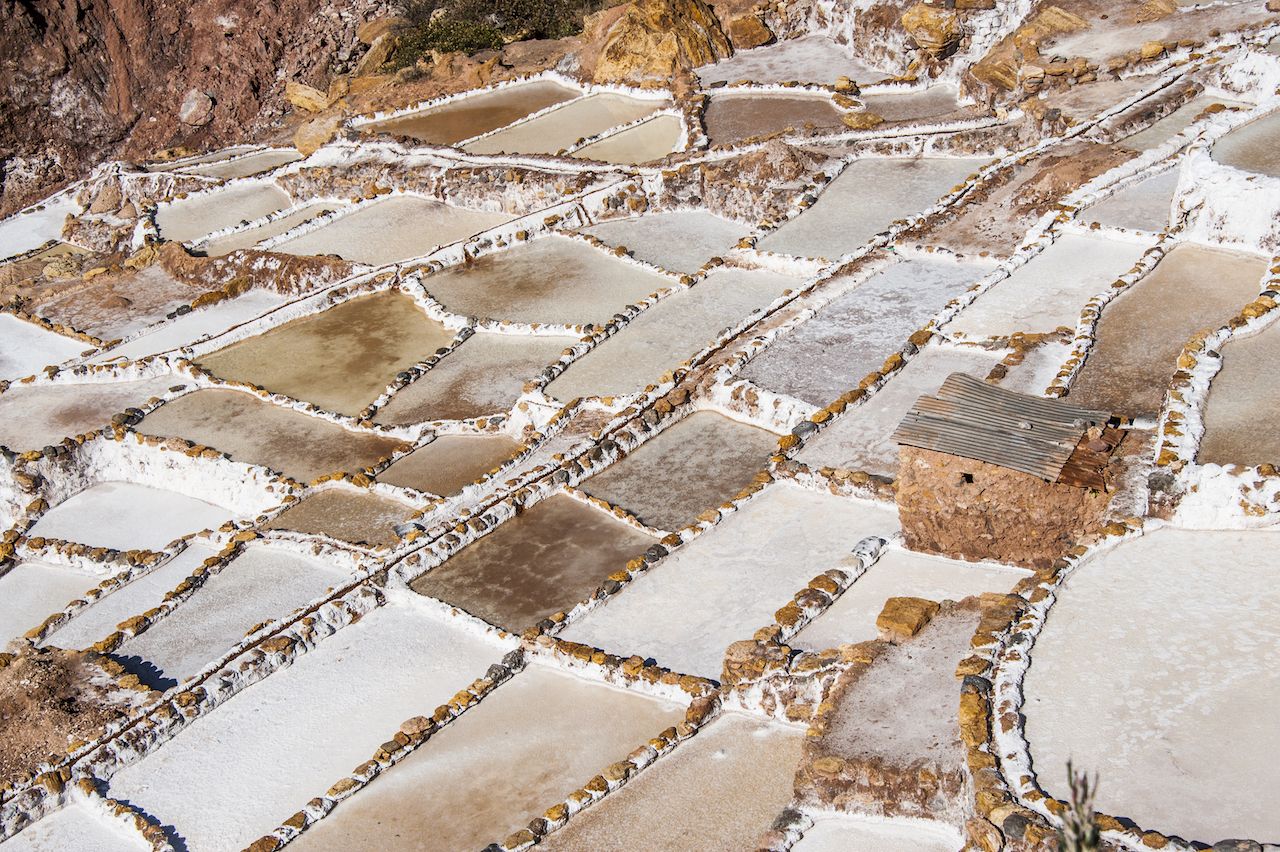
Photo: Ksenia Ragozina/Shutterstock
Salt flats are generally, well, flat. What makes this salt pan in Peru so fascinating is its tiered architecture, a cascade of salt ponds that have been around at least as long as the Incas. Today, when the water from the site’s approximately 3,000 pools is evaporated, locals harvest the salt to sell at market. Salinas de Maras is located in the Sacred Valley of the Incas a little over an hour north of Cusco, which makes a good base for anyone interested in visiting the salt flats. Or you could order some Maras salt on Amazon and call it a day.
Salar de Arizaro, Argentina

Photo: Ryan Michael Wilson/Shutterstock
Not quite as big as Argentina’s aptly named Salinas Grandes, this high-plateau salt flat still takes up over 600 square miles, which makes it the sixth largest salt flat in the world. Salar de Arizaro is located in the Salta province in northwestern Argentina, just across the Chilean border from the Salar de Atacama. Cleary, this is the right part of the world to visit if you have yet to cross salt flats off your bucket list.